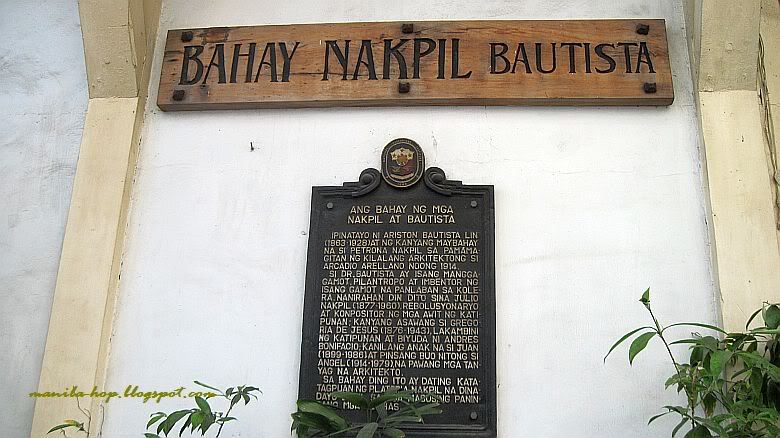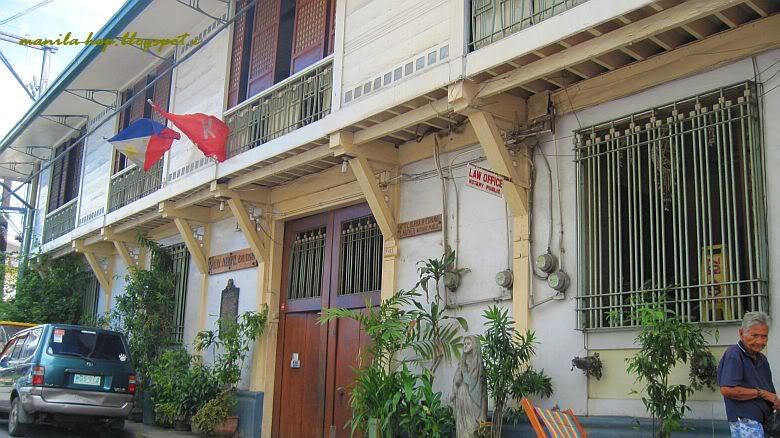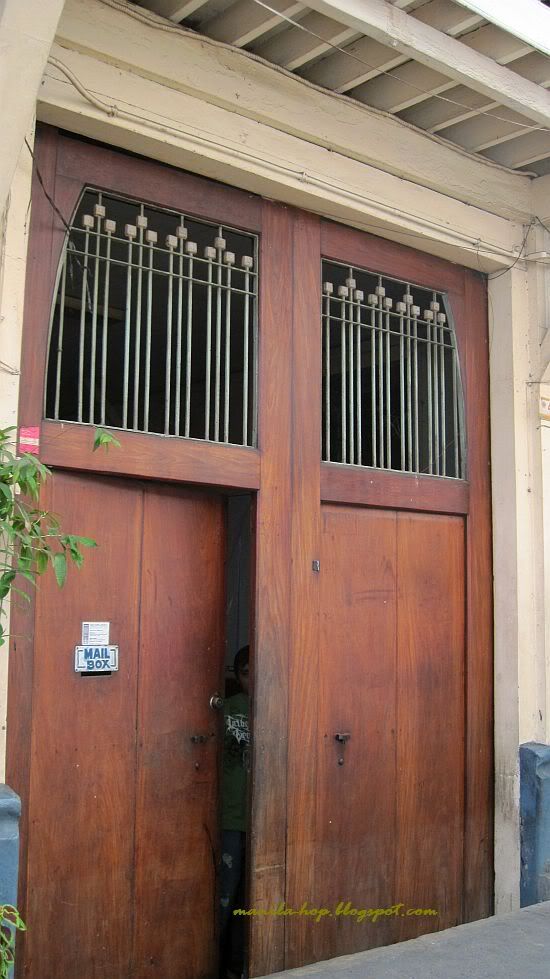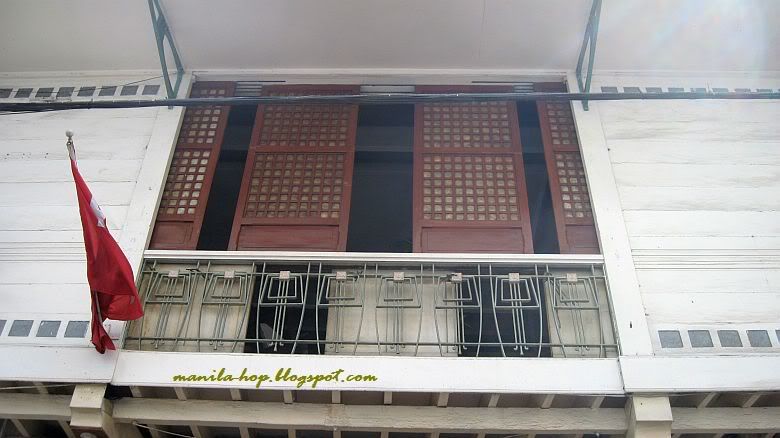Walk along the side alleys of Quiapo and you'll find this vintage looking house.
"Bahay Nakpil Bautista"
an architecturally significant historical Philippine site, on a colonial era street now named after its famous resident.
With Filipino inscriptions, it says:
In 1914, Dr. Ariston Bautista and his wife Petrona Nakpil built this house, designed by an architect named Arcadio Arellano.
Dr. Bautista is a well-known doctor, philanthropist and one of the inventors for the cure of Cholera disease.
During those times, Julio Nakpil
As well as his wife Gregoria de jesus who was the muse of Katipunan and also the widow of our hero Andres Bonifacio, together with their kids used to live here.
This is the main facade of the old house, times have changed, as you can see, there's a law office available inside.
This structural door was designed in the traditional "wood-and-stone" style (bahay na bato at kahoy) to resist earthquakes – with an upper storey made of wood built over a stone foundation.
Large capiz windows, high ceilings, sliding window panels, and geometric grill-work almost art-deco inspired and cut-outs inspired by the Viennese Secession furniture that used to occupy the house typify this architectural masterpiece by Arcadio Arellano.
Tuesday, December 15, 2009
~ Heritage House ~
mini~notes
architecture,
history,
quiapo
Subscribe to:
Post Comments (Atom)
Thanks for sharing this piece of history and the photos.
ReplyDeleteBeautiful and interesting photos!
ReplyDeleteInteresting!
ReplyDeleteSo wonderfully presented with shots.
History sometimes provides a touch of irony. From that revolutionary society to a Law Office... Well, why not! ;)
ReplyDeletethe house is even more lovely with the history you shared! Love the wooden door!
ReplyDeleteVery interesting history & great picture too.Thanks.
ReplyDeleteGreat shots ga and nice composition. Tuwing bibisita ako dito sa site mo ay narereview ako sa history and I'm loving it.
ReplyDeleteThanks for sharing.
Interesting history lesson and shots. Nicely done.
ReplyDeletewonderful photos Arabesque, and thanks for sharing the history of these houses, interesting indeed
ReplyDelete